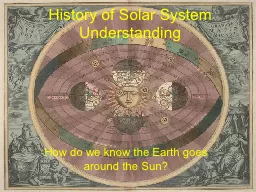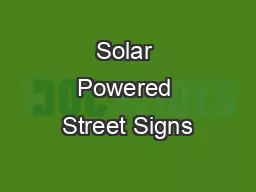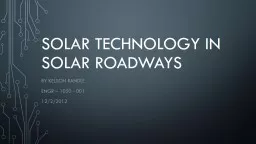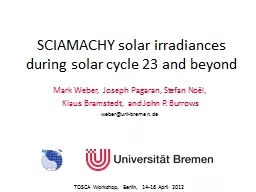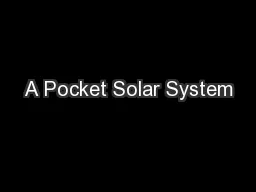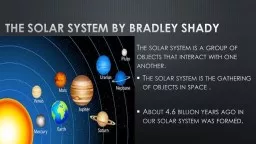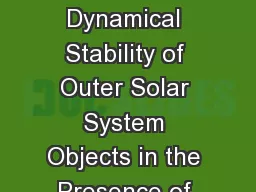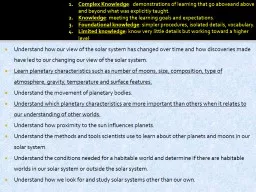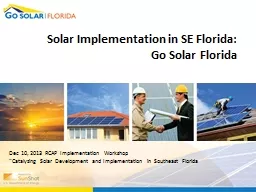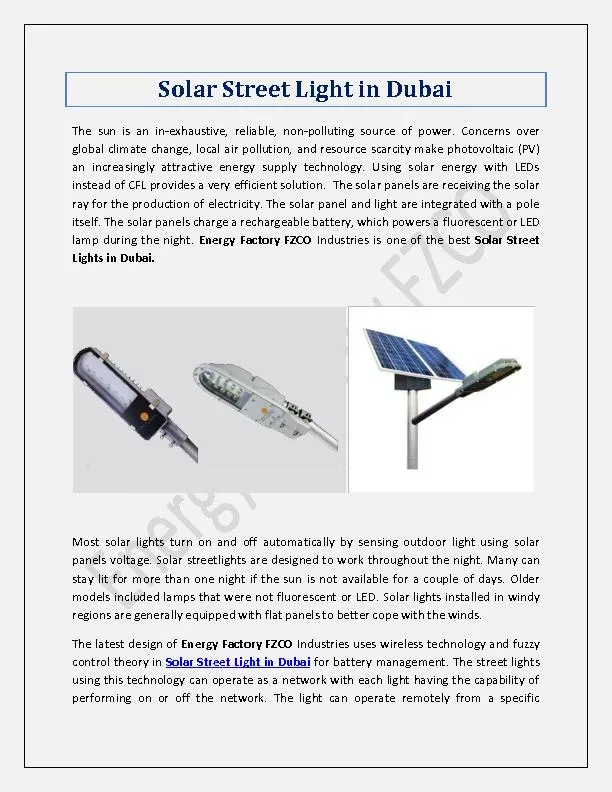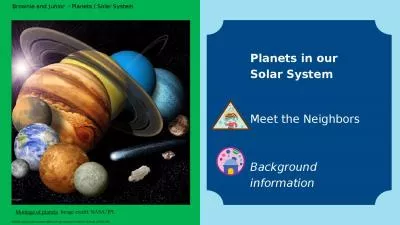PPT-History of Solar System Understanding
Author : trish-goza | Published Date : 2016-12-12
How do we know the Earth goes around the Sun RecapAnnouncements Canvas assignment due today Moon motions in the sky due Campus observatory Midterm 927 Appearance
Presentation Embed Code
Download Presentation
Download Presentation The PPT/PDF document "History of Solar System Understanding" is the property of its rightful owner. Permission is granted to download and print the materials on this website for personal, non-commercial use only, and to display it on your personal computer provided you do not modify the materials and that you retain all copyright notices contained in the materials. By downloading content from our website, you accept the terms of this agreement.
History of Solar System Understanding: Transcript
Download Rules Of Document
"History of Solar System Understanding"The content belongs to its owner. You may download and print it for personal use, without modification, and keep all copyright notices. By downloading, you agree to these terms.
Related Documents

